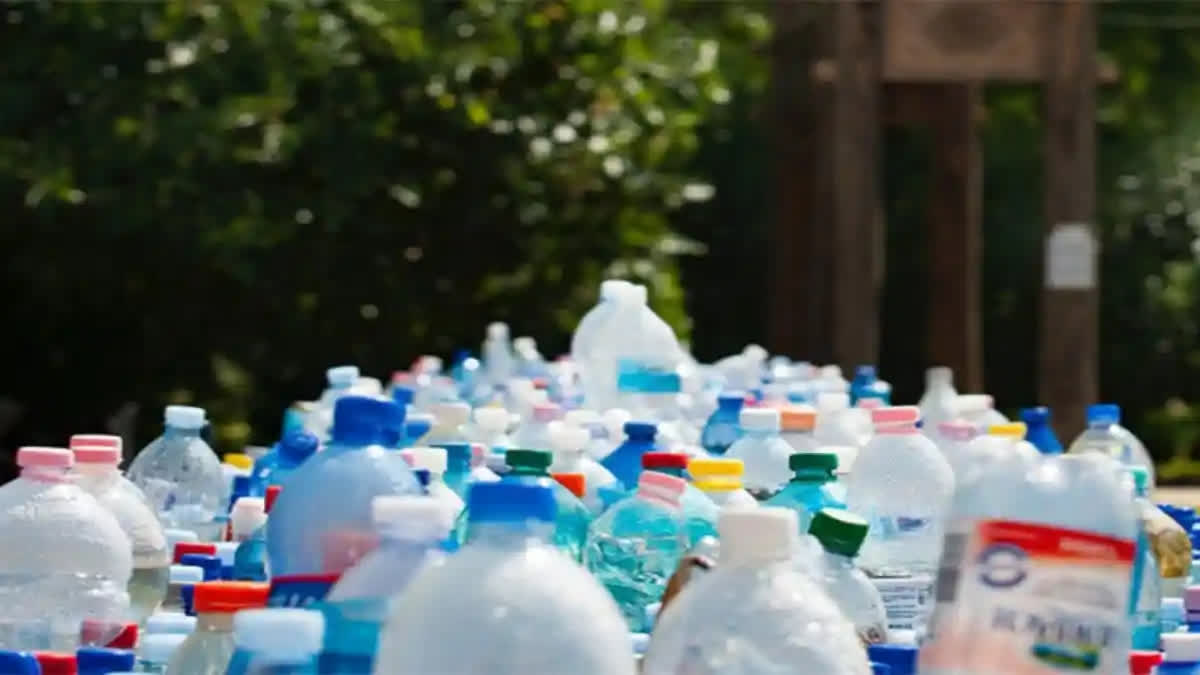Panaji: Polymers in microplastics may pose a risk to the Indo-Gangetic plain, a study on the Ganga and Yamuna rivers by the Goa-based CSIR-National Institute of Oceanography (NIO) has said.
Researchers behind the study have said their findings could serve as a starting point for an action plan required by municipal corporations to "mitigate plastic pollution and target the possible sources at each location."
The study, titled A comprehensive assessment of macro and microplastics from Rivers Ganga and Yamuna: Unveiling the seasonal, spatial and risk factors', has been published in the Journal of Hazardous Materials' on Saturday.
As per the study, conducted by a team led by CSIR-NIO principal scientist Dr Mahua Saha, microplastics were detected in the Ganga from Haridwar to Patna, with the pollutant concentration being higher during wet (rainy) season than the dry season. The high-hazard polymers in microplastics may pose a risk to the Indo-Gangetic plain, it said.
In surface water, during the wet season, the highest abundance of microplastics was found in Haridwar and the lowest was observed in Patna. During the dry season, Agra had the highest affluence of microplastics, while Patna and Haridwar had the lowest concentration, as per the researchers.
During the study, the researchers also identified the plastic leakage vulnerable regions using GIS applications and field surveys.
Among all, Agra recorded the highest plastic leakage followed by Prayagraj, Patna and Haridwar. In contrast, the microplastic concentration was highest during the wet season compared to the dry season for surface water, water column and sediments, it said.
The microplastic abundance in surface water, water columns and sediments along the Ganga and Yamuna rivers differed evidently during the wet and dry seasons, the researchers concluded.
During the study, it was observed that significant waste was brought by the river from the upstream cities in the dry season and was deposited in the floodplain region.
These wastes get washed off during the wet season. As a result, it is conceivable that over time, these macroplastics might have degraded into smaller pieces and subsequently transported into the adjacent river systems by urban run-off during the wet season, said the study.
The dispersion of microplastics is not limited to localised areas in the Ganga and Yamuna rivers, it said.
However, it is challenging to distinguish the exact incorporation of microplastics between locally generated plastics and those carried from upstream sources since many rivers pass through the residential areas and due to the lack of awareness, sometimes local deposition of plastics into the river is much higher, the researchers said.
The other researchers involved in the study included Priyansha Gupta, Akshata Naik, M Manish Kumar, Chaynika Rathore, Shrish Vashisth from the CSIR-NIO and Shukla Pai Maitra, K D Bharadwaj and Harsh Thakural from the Delhi-based National Productivity Council.
Read More



